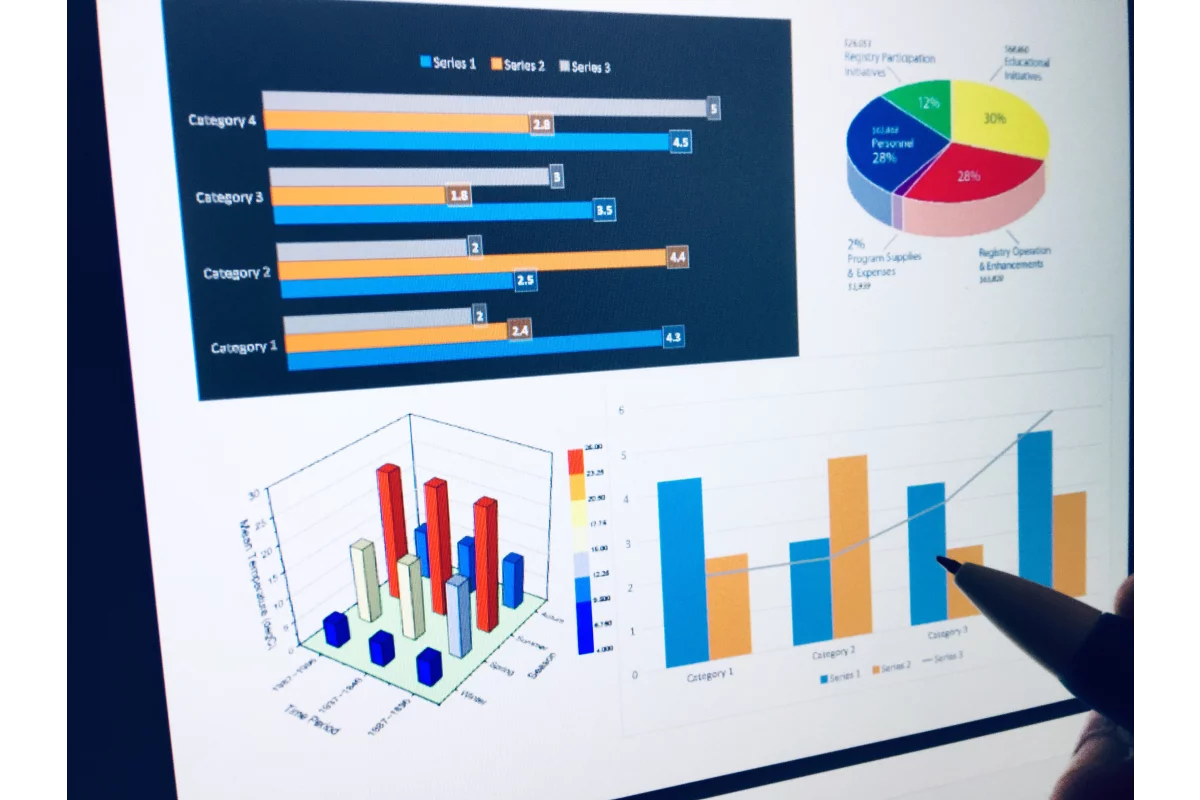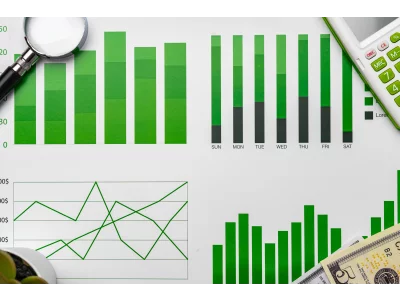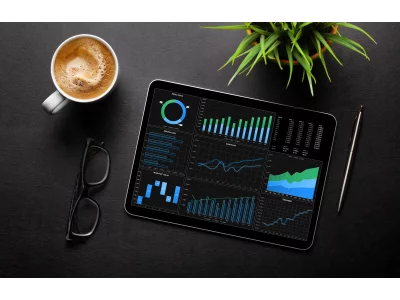Problem statement
Many organizations face significant challenges in managing and tracking energy-saving measures effectively. Processes are often fragmented, calculations are manual and prone to errors, and there is a lack of transparency in tracking progress. As a result, potential savings remain untapped, and the effort required for regulatory compliance and reporting becomes unnecessarily burdensome. Coordinating multiple stakeholders and consolidating diverse data sources further complicates the process, leading to inefficiencies and increased administrative overhead.
Main outcome
A mechanical engineering company manufacturing machinery or automotive sector uses the Energy-Saving Tool to optimize the energy performance of its machinery. The platform identifies inefficiencies, such as outdated equipment or systems with excessive energy use. With Energy-Saving Tool, the company plans and evaluates measures like upgrading motors and implementing variable frequency drives to better align energy consumption with operational needs. During implementation, Energy-Saving Tool tracks progress and monitors energy usage in real time. After completion, it compares projected and actual outcomes, providing transparency and actionable insights. The platform also integrates ongoing monitoring, ensuring long-term efficiency. Predictive maintenance features alert the company to performance deviations, preventing energy waste and extending equipment lifespan. This structured approach enables the company to streamline energy-saving projects, reduce environmental impact, and ensure compliance with regulatory requirements, all within a single, user-friendly system.










